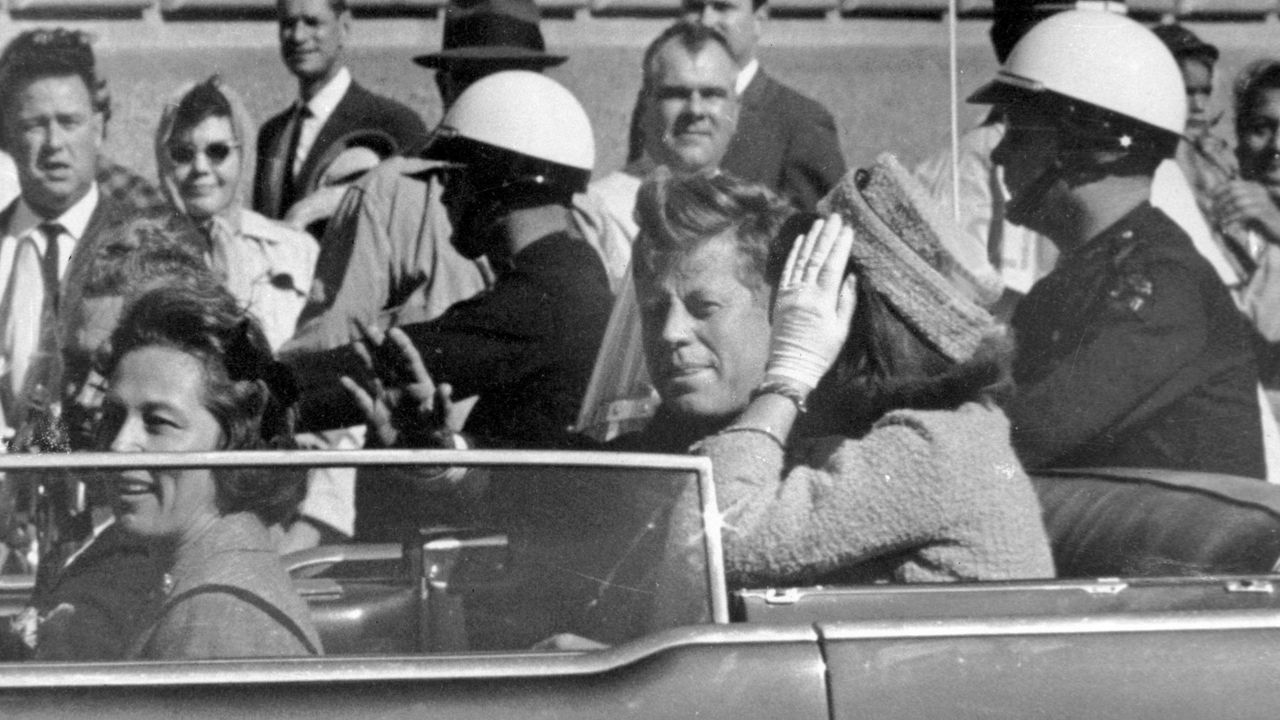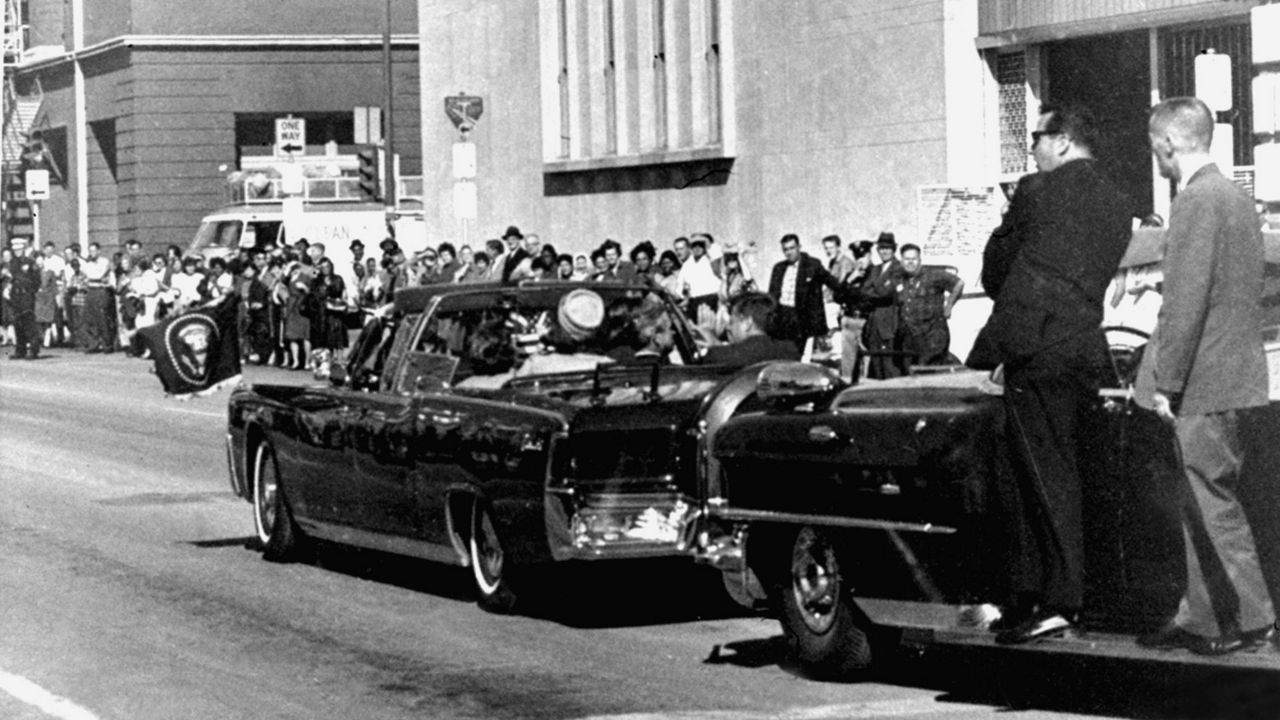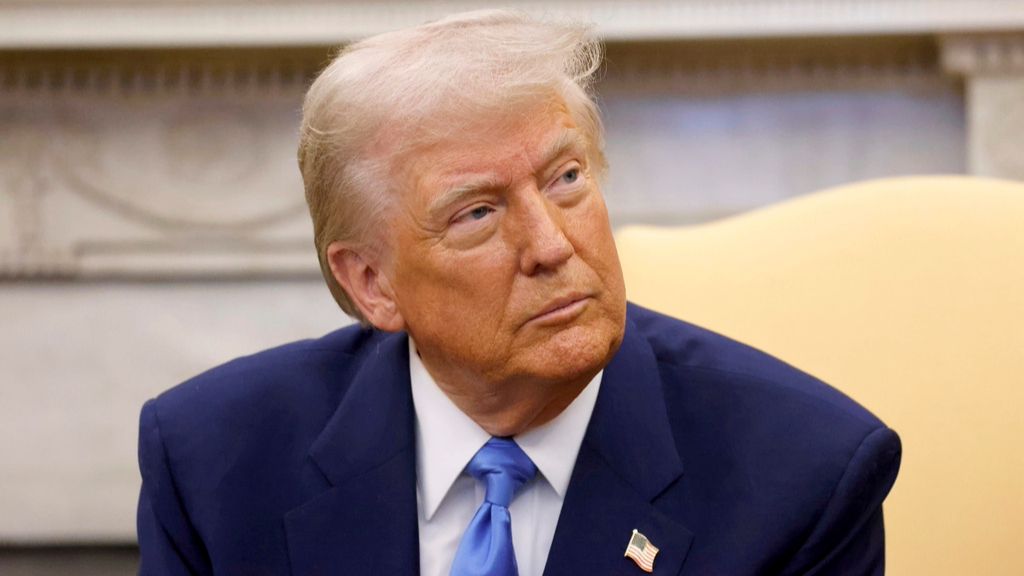DALLAS — More than 60 years after President John F. Kennedy was assassinated, conspiracy theories still swirl and any new glimpse into the fateful day of Nov. 22, 1963, in Dallas continues to fascinate.
President-elect Donald Trump promised during his reelection campaign that he would declassify all of the remaining government records surrounding the assassination if he returned to office. He made a similar pledge during his first term, but ultimately bended to appeals from the CIA and FBI to keep some documents withheld.
At this point, only a few thousand of the millions of governmental records related to the assassination have yet to be fully released, and those who have studied the records released so far say that even if the remaining files are declassified, the public shouldn't anticipate any earth-shattering revelations.
“Anybody waiting for a smoking gun that’s going to turn this case upside down will be sorely disappointed,” said Gerald Posner, author of “Case Closed,” which concludes that assassin Lee Harvey Oswald acted alone.
Friday's 61st anniversary is expected to be marked with a moment of silence at 12:30 p.m. in Dealey Plaza, where Kennedy's motorcade was passing through when he was fatally shot. And throughout this week there have been events marking the anniversary.
Nov. 22, 1963
When Air Force One carrying Kennedy and first lady Jacqueline Kennedy touched down in Dallas, they were greeted by a clear sky and enthusiastic crowds. With a reelection campaign on the horizon the next year, they had gone to Texas on political fence-mending trip.
But as the motorcade was finishing its parade route downtown, shots rang out from the Texas School Book Depository building. Police arrested 24-year-old Oswald and, two days later, nightclub owner Jack Ruby fatally shot Oswald during a jail transfer.
A year after the assassination, the Warren Commission, which President Lyndon B. Johnson established to investigate the assassination, concluded that Oswald acted alone and there was no evidence of a conspiracy. But that hasn't quelled a web of alternative theories over the decades.
The collection
In the early 1990s, the federal government mandated that all assassination-related documents be housed in a single collection in the National Archives and Records Administration. The collection of over 5 million records was required to be opened by 2017, barring any exemptions designated by the president.
Trump, who took office for his first term in 2017, had boasted that he'd allow the release of all of the remaining records but ended up holding some back because of what he called the potential harm to national security. And while files have continued to be released during President Joe Biden's administration, some still remain unseen.
The documents released over the last few years offer details on the way intelligence services operated at the time, and include CIA cables and memos discussing visits by Oswald to the Soviet and Cuban embassies during a trip to Mexico City just weeks before the assassination. The former Marine had previously defected to the Soviet Union before returning home to Texas.
Mark S. Zaid, a national security attorney in Washington, said what's been released so far has contributed to the understanding of the time period, giving “a great picture” of what was happening during the Cold War and the activities of the CIA.
Withheld files
Posner estimates that there are still about 3,000 to 4,000 documents in the collection that haven’t yet been fully released. Of those documents, some are still completely redacted while others just have small redactions, like someone's Social Security number.
There are about 500 documents where all the information is redacted, Posner said, and those include Oswald's and Ruby’s tax returns.
“If you have been following it, as I have and others have, you sort of are zeroed in on the pages you think might provide some additional information for history,” Posner said.
Trump's transition team hasn’t responded to questions this week about his plans when he takes office.
A continued fascination
From the start, there were those who believed there had to be more to the story than just Oswald acting alone, said Stephen Fagin, curator of the Sixth Floor Museum at Dealey Plaza, which tells the story of the assassination from the building where Oswald made his sniper's perch.
“People want to make sense of this and they want to find the solution that fits the crime," said Fagin, who said that while there are lingering questions, law enforcement made “a pretty compelling case” against Oswald.
Larry J. Sabato, director of the University of Virginia Center for Politics, said his interest in the assassination dates back to the event itself, when he was a child.
“It just seemed so fantastical that one very disturbed individual could end up pulling off the crime of the century," Sabato said. “But the more I studied it, the more I realized that is a very possible, maybe even probable in my view, hypothesis.”








)



